by Kyle Munkittrick

Imagine you are in room of literati types in the early 2010s. These are smart, well-read, curious people. The books on their shelves are impressive, as are their movie collections. You notice classics, hits, and obscure artistic works on display. The conversation turns to favorite fictional characters and you bring up, say, Paulie Walnuts, Gus Fring, or Willow Rosenberg.
You’re met with quiet looks of confusion.
Ok, so these folks haven’t heard of any of these characters. You’re a bit disappointed, maybe even surprised that they hadn’t been participating in the Golden Age of Television. You try to recover and elicit a response by noting the hugely famous and influential shows you’re referencing.
“Wow! You haven’t seen The Sopranos, Breaking Bad or Buffy the Vampire Slayer? I’m surprised. What TV shows do you like? Game of Thrones? Grey’s Anatomy?”
The hosts and guests all look at you blankly, almost embarrassed for you, and reply, “I don’t watch TV.” Some one else says, “I’m not sure I’ve ever watched a show.” More than half of the room responds that way.
One dude looks up, eager. “I watch TV” he says. You brighten!
“I love football and the World Series of Poker.” He continues, “But I’m not into those talking shows.”
At such an interaction you would not only be a bit gobsmacked, you would be, I suspect, saddened.
This, broadly, has been my experience with narrative video games for the past few decades.
We are living through a Golden Age of storytelling, but most of the population is missing out on it. It isn’t the crisis of men not reading or that romantasy is dominating the charts. It’s not because people are illiterate or lazy. Quite the opposite, in fact. Many of people who read Difficult Important Novels and make sure they are optimizing their time are among the least likely to have access to these great stories.
That’s because the stories are being told in video games. Most people don’t play video games; many don’t even know how. Read more »





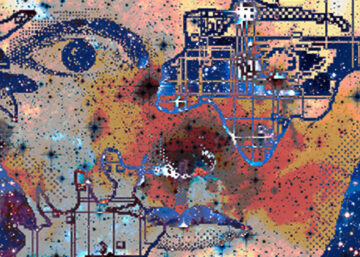 This is the first in a series of three articles on literature consider as affective technology, affective because it can transform how we feel, technology because it is an art (tekhnē) and, as such, has a logos. In this first article I present the problem, followed by some informal examples, a poem by Coleridge, a passage from Tom Sawyer that echoes passages from my childhood, and some informal comments about underlying mechanism. In the second article I’ll take a close look at a famous Shakespeare sonnet (129) in terms of a model of the reticular activity system first advanced by Warren McCulloch. I’ll take up the problem of coherence of oneself in the third article.
This is the first in a series of three articles on literature consider as affective technology, affective because it can transform how we feel, technology because it is an art (tekhnē) and, as such, has a logos. In this first article I present the problem, followed by some informal examples, a poem by Coleridge, a passage from Tom Sawyer that echoes passages from my childhood, and some informal comments about underlying mechanism. In the second article I’ll take a close look at a famous Shakespeare sonnet (129) in terms of a model of the reticular activity system first advanced by Warren McCulloch. I’ll take up the problem of coherence of oneself in the third article.
 As an émigré from the dusty, sun-scorched Carthaginian provinces, there are innumerable sites and experiences in Milan that could have impressed themselves upon the young Augustine – the regal marble columned facade of the Colone di San Lorenzo or the handsome red-brick of the Basilica of San Simpliciano – yet in Confessions, the fourth-century theologian makes much of an unlikely moment in which he witnesses his mentor Ambrose reading silently, without moving his lips. Author of Confessions and City of God, father of the doctrines of predestination and original sin, and arguably the second most important figure in Latin Christianity after Christ himself, Augustine nonetheless was flummoxed by what was apparently an impressive act. “When Ambrose read, his eyes ran over the columns of writing and his heart searched out for meaning, but his voice and his tongue were at rest,” remembered Augustine. “I have seen him reading silently, never in fact otherwise.”
As an émigré from the dusty, sun-scorched Carthaginian provinces, there are innumerable sites and experiences in Milan that could have impressed themselves upon the young Augustine – the regal marble columned facade of the Colone di San Lorenzo or the handsome red-brick of the Basilica of San Simpliciano – yet in Confessions, the fourth-century theologian makes much of an unlikely moment in which he witnesses his mentor Ambrose reading silently, without moving his lips. Author of Confessions and City of God, father of the doctrines of predestination and original sin, and arguably the second most important figure in Latin Christianity after Christ himself, Augustine nonetheless was flummoxed by what was apparently an impressive act. “When Ambrose read, his eyes ran over the columns of writing and his heart searched out for meaning, but his voice and his tongue were at rest,” remembered Augustine. “I have seen him reading silently, never in fact otherwise.” About a third of the way through a first-year humanities honors course, one of my more engaged and talkative students pulled me aside after class for a private chat. She waited, clearly anxious, while the rest of her classmates filed out and then turned to me with her eyes already filling up with tears.
About a third of the way through a first-year humanities honors course, one of my more engaged and talkative students pulled me aside after class for a private chat. She waited, clearly anxious, while the rest of her classmates filed out and then turned to me with her eyes already filling up with tears.
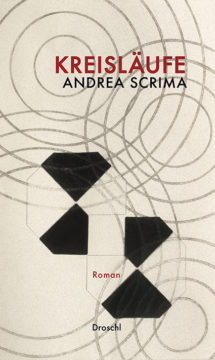



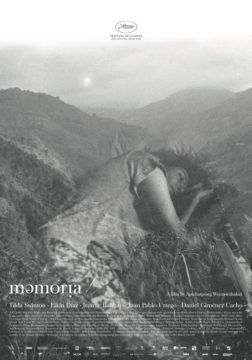 Last night I (Danielle Spencer) went to the New York Film Festival screening of Memoria (dir. Apichatpong Weerasethakul) in Alice Tully hall at Lincoln Center. I last joined a large gathering 19 months ago, in March of 2020.
Last night I (Danielle Spencer) went to the New York Film Festival screening of Memoria (dir. Apichatpong Weerasethakul) in Alice Tully hall at Lincoln Center. I last joined a large gathering 19 months ago, in March of 2020.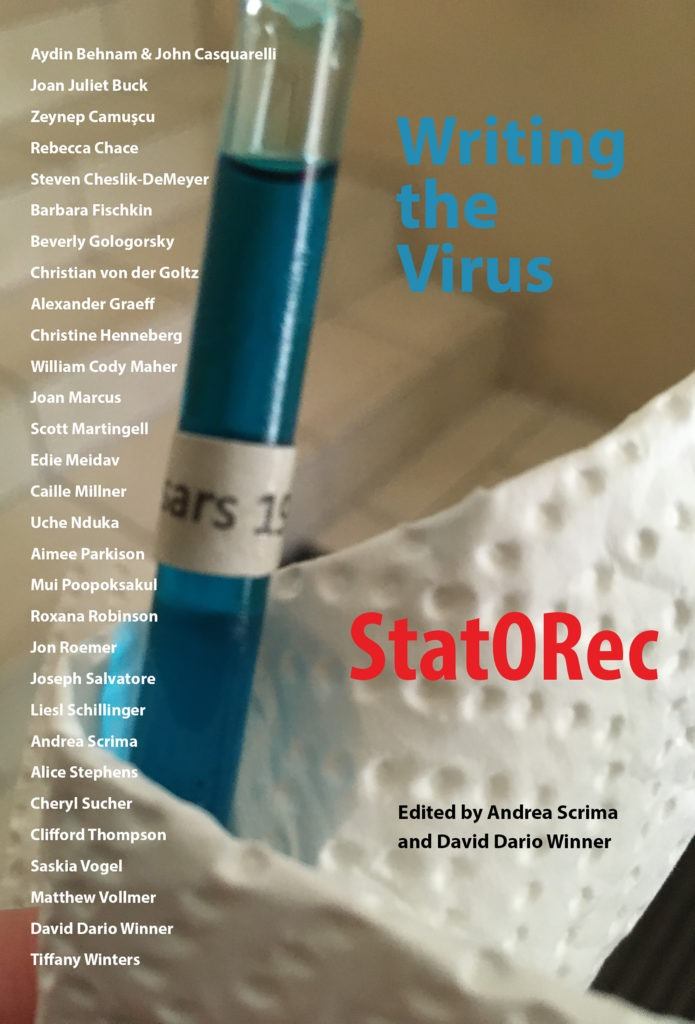

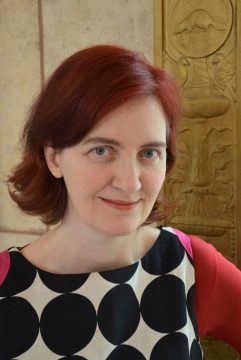 Irish-Canadian author
Irish-Canadian author 
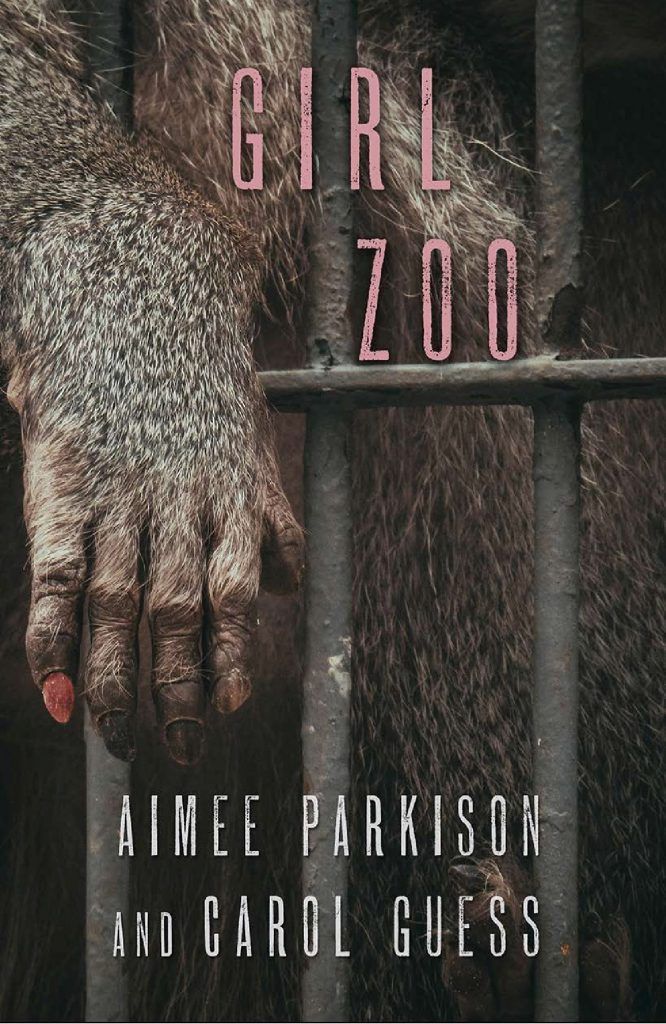
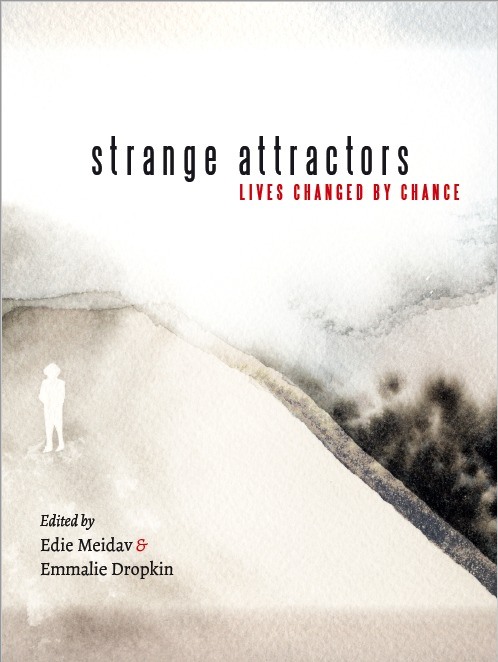 A.S.: Liesl, I love the part in your story where a pack of kids is playing “Murder in the Dark” and the young narrator’s crush, who plays the part of the killer, draws near her in the dark yard: “I didn’t try to back away, I thought maybe he was going to kiss me, but then he killed me which was so predictable.”
A.S.: Liesl, I love the part in your story where a pack of kids is playing “Murder in the Dark” and the young narrator’s crush, who plays the part of the killer, draws near her in the dark yard: “I didn’t try to back away, I thought maybe he was going to kiss me, but then he killed me which was so predictable.”